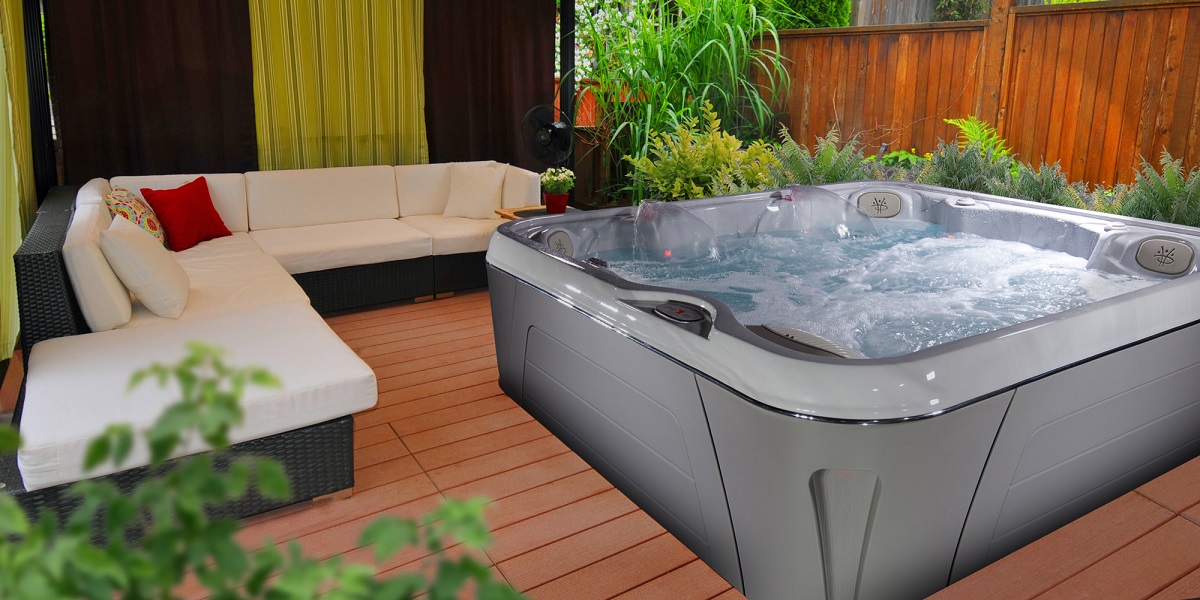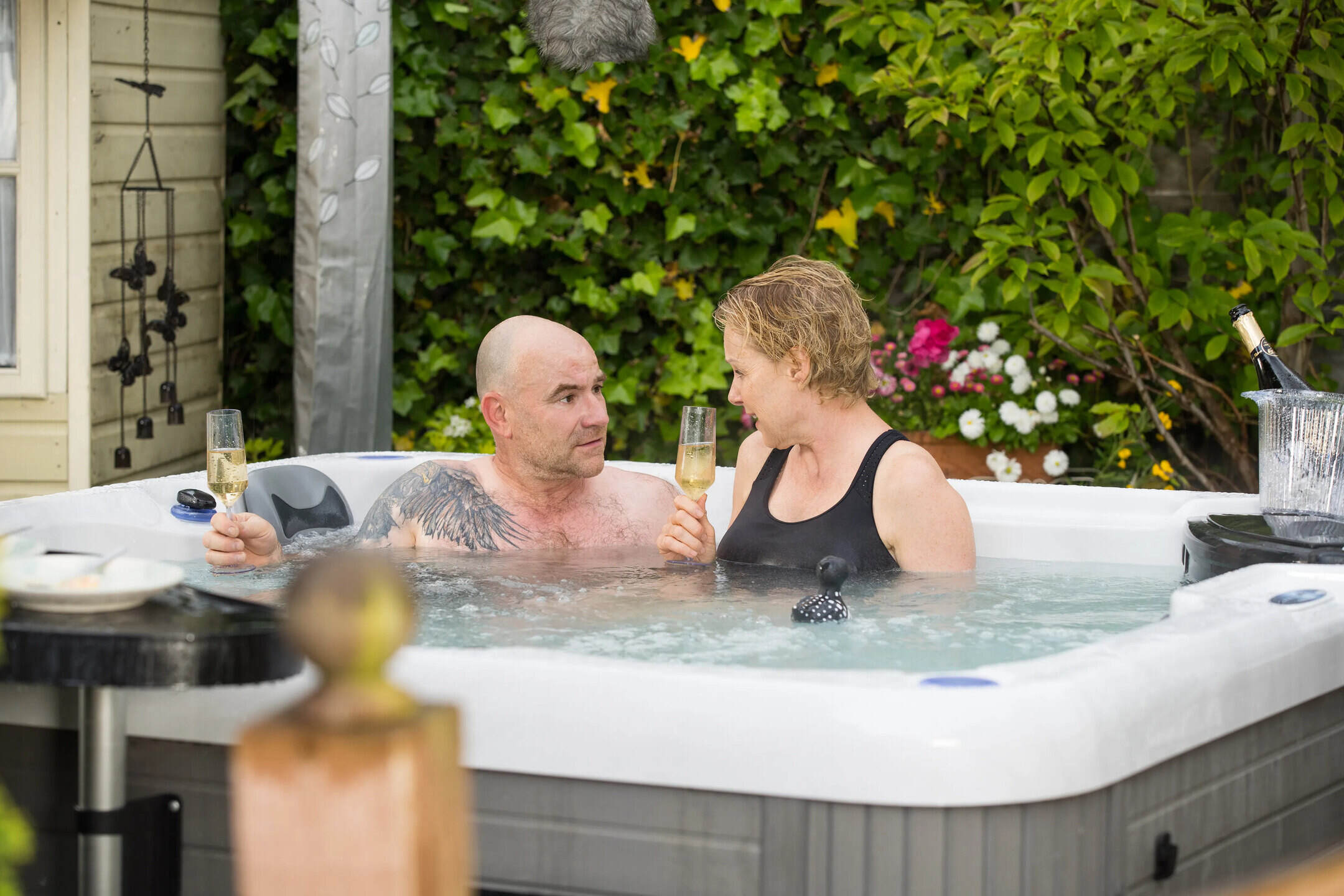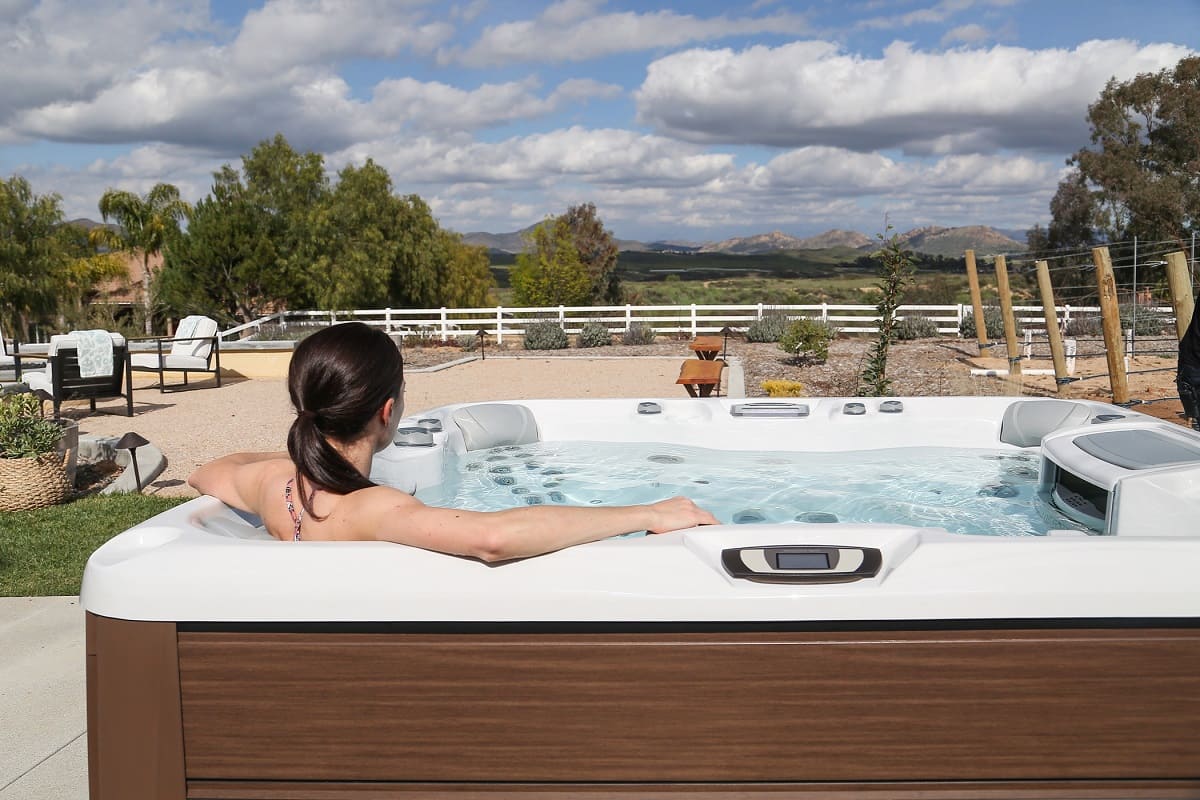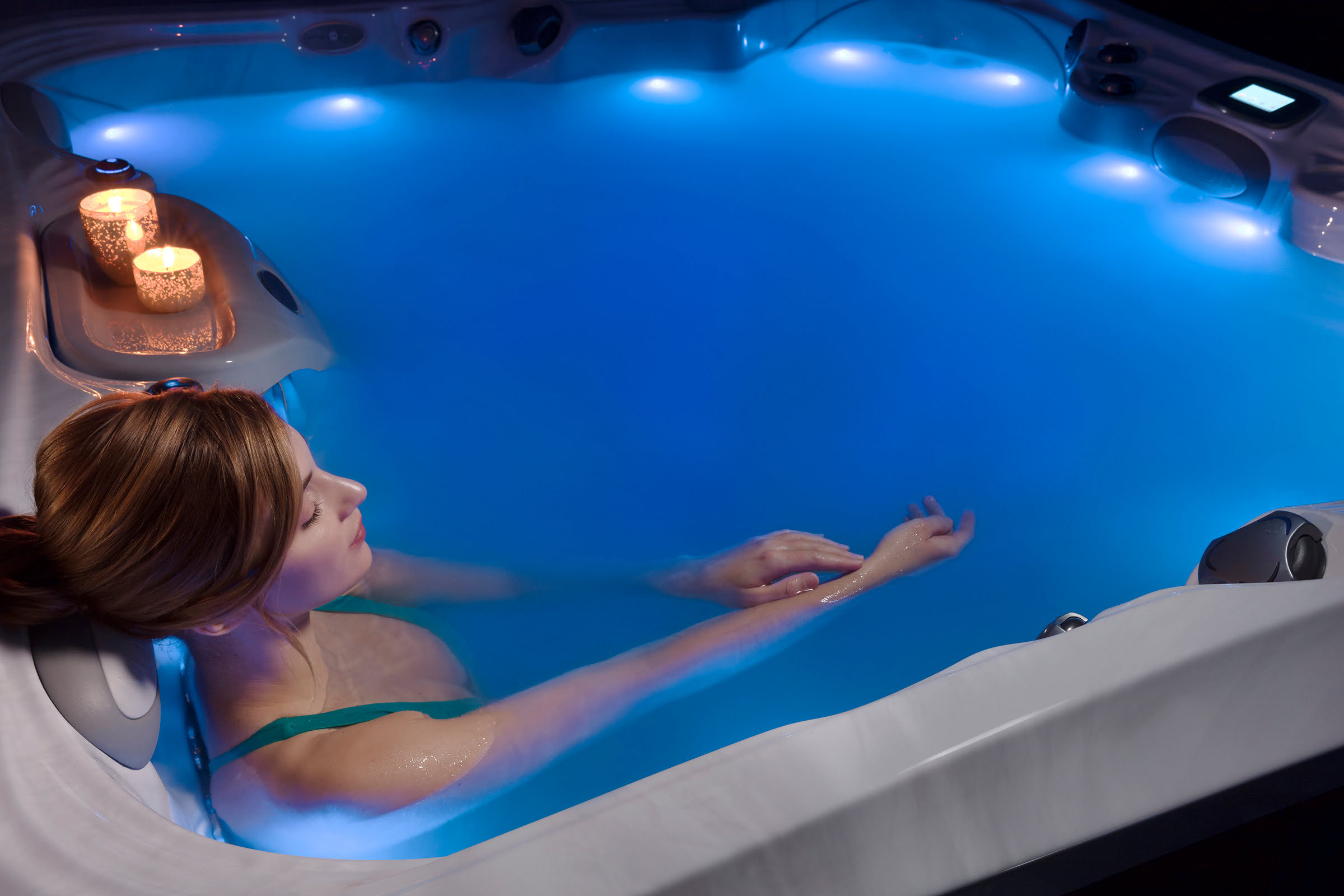Home>Gardening & Outdoor>Pool & Spa Care>How Long After Surgery Can You Go In A Hot Tub


Pool & Spa Care
How Long After Surgery Can You Go In A Hot Tub
Modified: January 6, 2024
Find out how long after surgery you can safely enjoy a hot tub. Get expert tips for pool and spa care to ensure a smooth recovery. Explore the best practices for post-operative hot tub use.
(Many of the links in this article redirect to a specific reviewed product. Your purchase of these products through affiliate links helps to generate commission for Storables.com, at no extra cost. Learn more)
Introduction
Understanding the Healing Process
After undergoing surgery, it’s natural to look forward to relaxing in a hot tub as part of the recovery process. However, it’s crucial to understand the impact of hot tub use on the healing process. The body needs time to recuperate after surgery, and various factors come into play when determining when it’s safe to soak in a hot tub. In this article, we’ll delve into the healing process, potential risks, and recommendations for different types of surgeries to provide comprehensive guidance on when it’s advisable to indulge in this soothing activity.
The healing process following surgery is a complex and intricate journey that varies depending on the type of procedure. Understanding the body’s response to surgery is essential for making informed decisions about activities such as hot tub use. Let’s explore the stages of healing and the factors that influence the body’s ability to tolerate the hot tub environment.
Understanding the Healing Process
After surgery, the body undergoes a series of phases as it works to repair and rebuild tissue. The initial phase, known as the inflammatory stage, involves the body’s natural response to the trauma of surgery. During this phase, blood vessels constrict to minimize bleeding, and the immune system dispatches white blood cells to combat potential infections. Swelling, redness, and discomfort are common during this stage.
Following the inflammatory stage, the proliferative phase commences, during which the body generates new tissue to replace the damaged areas. Collagen, the foundation of scar tissue, is produced to support the healing process. This phase typically lasts for several weeks and is characterized by the gradual closure of surgical incisions and the strengthening of newly formed tissue.
The final phase, known as the remodeling stage, involves the gradual refinement and strengthening of the scar tissue. This phase can extend for several months or even years, during which the scar tissue matures and gains strength. It’s important to note that each individual’s healing process is unique, and factors such as age, overall health, and the specific surgical procedure can influence the duration and effectiveness of the healing stages.
When considering the use of a hot tub during the healing process, it’s essential to recognize the potential impact of heat and buoyancy on the body’s recovery. The warm water in a hot tub can promote relaxation and alleviate muscle tension, but it can also affect blood circulation and body temperature. Additionally, the buoyancy of the water reduces the impact of gravity on the body, potentially influencing the healing of surgical incisions and tissue.
Understanding the healing process and its interaction with hot tub use is vital for making informed decisions about post-surgery activities. By recognizing the intricate journey of healing and the potential effects of hot tub immersion, individuals can navigate their recovery with greater confidence and care.
Risks and Considerations
While the prospect of soaking in a hot tub may seem appealing and therapeutic, there are several risks and considerations to bear in mind, particularly in the context of post-surgery recovery. It’s crucial to evaluate these factors to ensure that hot tub use does not compromise the healing process or pose additional health risks.
One of the primary concerns associated with hot tub immersion after surgery is the potential impact of heat on the body. Prolonged exposure to high temperatures can lead to increased blood flow and dilation of blood vessels, which may not be advisable during the early stages of healing. This heightened circulation can potentially exacerbate swelling and discomfort, particularly around surgical incision sites.
Furthermore, the warm water in a hot tub can elevate body temperature, potentially causing discomfort or even heat-related complications, especially for individuals whose bodies are already working diligently to recover from the stress of surgery. It’s essential to consider the body’s ability to regulate temperature and the potential strain that excessive heat may place on the healing process.
Another critical consideration is the risk of infection associated with hot tub use. The warm and moist environment of a hot tub provides an ideal breeding ground for bacteria and other pathogens. Given that surgical incisions are particularly vulnerable to infection during the early stages of healing, it’s essential to exercise caution and adhere to stringent hygiene practices if considering hot tub immersion as part of the recovery process.
Additionally, the buoyancy of the water in a hot tub can exert varying degrees of pressure on the body, potentially impacting surgical incisions and the surrounding tissue. While buoyancy can offer relief from gravitational forces and alleviate joint pressure, it’s important to assess how this factor may influence the specific areas of the body that are healing post-surgery.
Considering these risks and potential implications, individuals are advised to consult their healthcare providers before incorporating hot tub use into their post-surgery recovery regimen. Healthcare professionals can provide personalized guidance based on the nature of the surgery, the individual’s overall health, and any specific considerations that may influence the appropriateness of hot tub immersion.
By carefully evaluating the risks and considerations associated with hot tub use after surgery, individuals can make informed decisions that prioritize their well-being and support the optimal healing of their bodies.
It is generally recommended to wait at least 4-6 weeks after surgery before going in a hot tub. This allows time for incisions to heal and reduces the risk of infection. Always consult with your doctor for specific guidance based on your individual recovery.
Recommendations for Different Surgeries
When it comes to post-surgery recovery and hot tub use, it’s essential to consider the specific recommendations and precautions associated with different types of surgeries. The nature of the surgical procedure, the location of incisions, and the overall impact on the body can significantly influence the suitability of hot tub immersion during the healing process. Let’s explore tailored recommendations for various surgeries to provide clarity and guidance for individuals navigating their post-operative recovery.
Orthopedic Surgeries: Following orthopedic surgeries, such as joint replacements or ligament repairs, hot tub use may be beneficial during the later stages of recovery. The warmth and buoyancy of the water can support joint mobility and alleviate muscle tension. However, it’s crucial to wait until the surgical incisions are fully healed and any associated swelling has subsided before considering hot tub immersion. Consulting with the orthopedic surgeon or physical therapist is advisable to ensure that hot tub use aligns with the recommended rehabilitation protocol.
Abdominal Surgeries: Individuals who have undergone abdominal surgeries, including procedures such as appendectomies or hernia repairs, should approach hot tub use with caution. The warmth of the water can potentially strain the abdominal muscles and surgical incisions, particularly during the initial stages of healing. It’s advisable to wait until the healthcare provider confirms that the incisions have healed sufficiently and that the internal tissues have regained strength before considering hot tub immersion.
Dermatological Surgeries: For individuals recovering from dermatological surgeries, such as skin grafts or mole removals, hot tub use may need to be postponed until the skin has fully healed and any sutures or dressings have been removed. The warm and moist environment of a hot tub can pose a risk of infection and may not be conducive to the delicate healing process of the skin. Healthcare providers specializing in dermatology can offer tailored guidance on the appropriate timing for hot tub use in the context of specific dermatological procedures.
Cardiovascular Surgeries: Following cardiovascular surgeries, such as bypass procedures or valve replacements, hot tub use should be approached with careful consideration of the individual’s cardiovascular health and the specific recommendations provided by the cardiac care team. The impact of heat and buoyancy on the cardiovascular system must be evaluated to ensure that hot tub immersion does not place undue stress on the heart or compromise the stability of the surgical repairs. Consulting with cardiologists and cardiac rehabilitation specialists is essential to determine the suitability of hot tub use in the context of cardiovascular surgeries.
It’s important to emphasize that the recommendations for hot tub use following surgery are highly individualized and should be based on the guidance of healthcare professionals familiar with the specifics of the surgical procedure and the individual’s overall health. By aligning with tailored recommendations and exercising prudence, individuals can integrate hot tub use into their post-surgery recovery journey in a manner that supports optimal healing and well-being.
Conclusion
As individuals embark on the path to recovery after surgery, the allure of soaking in a hot tub as a means of relaxation and rejuvenation is understandable. However, it’s essential to approach hot tub use with a thorough understanding of the healing process, potential risks, and personalized recommendations based on the specific surgical procedure. By recognizing the stages of healing and the impact of hot tub immersion on the body, individuals can make informed decisions that prioritize their well-being and support the optimal recovery of their bodies.
Understanding the intricate journey of healing, from the inflammatory and proliferative stages to the remodeling phase, provides valuable insight into the body’s response to surgery. This awareness enables individuals to assess the appropriateness of hot tub use in relation to their unique healing timeline and the specific considerations associated with their surgical procedure.
Considering the potential risks and considerations related to hot tub use, including the impact of heat, the risk of infection, and the influence of buoyancy, individuals are encouraged to consult their healthcare providers before incorporating hot tub immersion into their post-surgery recovery regimen. By seeking personalized guidance, individuals can navigate the decision-making process with confidence and ensure that hot tub use aligns with the recommendations tailored to their specific needs.
Tailored recommendations for different types of surgeries underscore the importance of approaching hot tub use with a discerning eye. Whether recovering from orthopedic, abdominal, dermatological, or cardiovascular surgeries, individuals can benefit from the expertise of healthcare professionals in determining the optimal timing and approach to hot tub immersion. This personalized guidance empowers individuals to integrate hot tub use into their recovery journey in a manner that supports the healing of their bodies and enhances their overall well-being.
In conclusion, the decision to go in a hot tub after surgery should be informed by a comprehensive understanding of the healing process, personalized recommendations, and a commitment to prioritizing the body’s recovery. By navigating the post-surgery recovery journey with attentiveness and the guidance of healthcare professionals, individuals can strike a balance between relaxation and responsible self-care, ultimately fostering a healing environment that supports their well-being.
Frequently Asked Questions about How Long After Surgery Can You Go In A Hot Tub
Was this page helpful?
At Storables.com, we guarantee accurate and reliable information. Our content, validated by Expert Board Contributors, is crafted following stringent Editorial Policies. We're committed to providing you with well-researched, expert-backed insights for all your informational needs.















0 thoughts on “How Long After Surgery Can You Go In A Hot Tub”